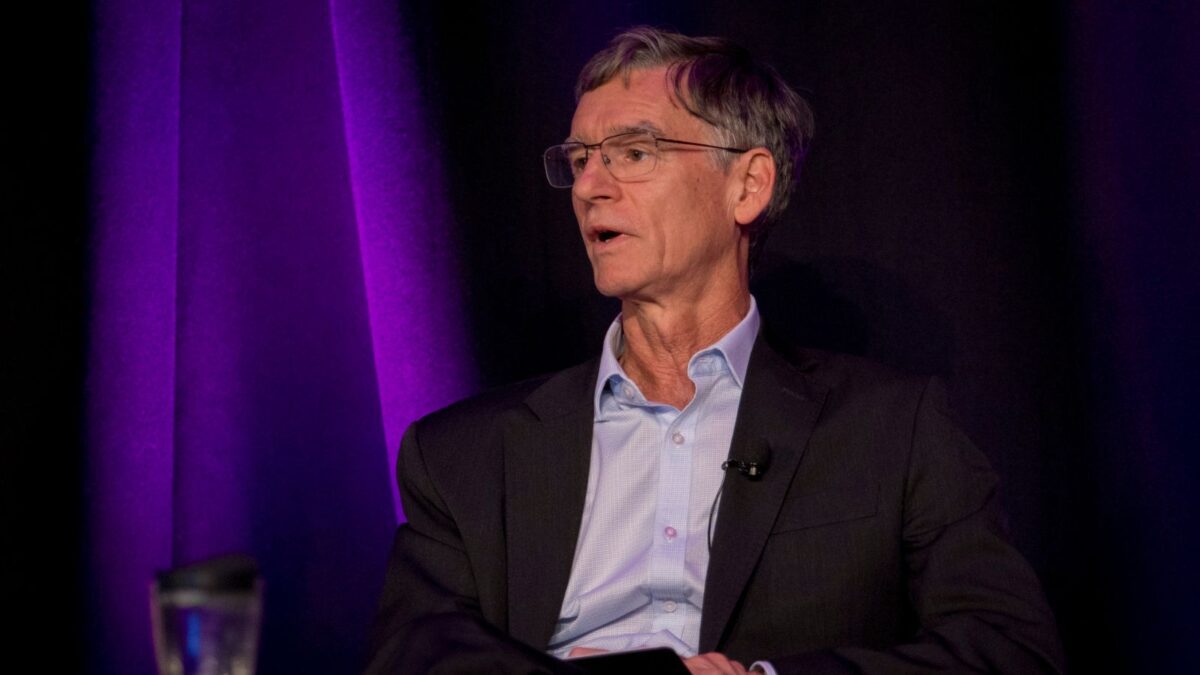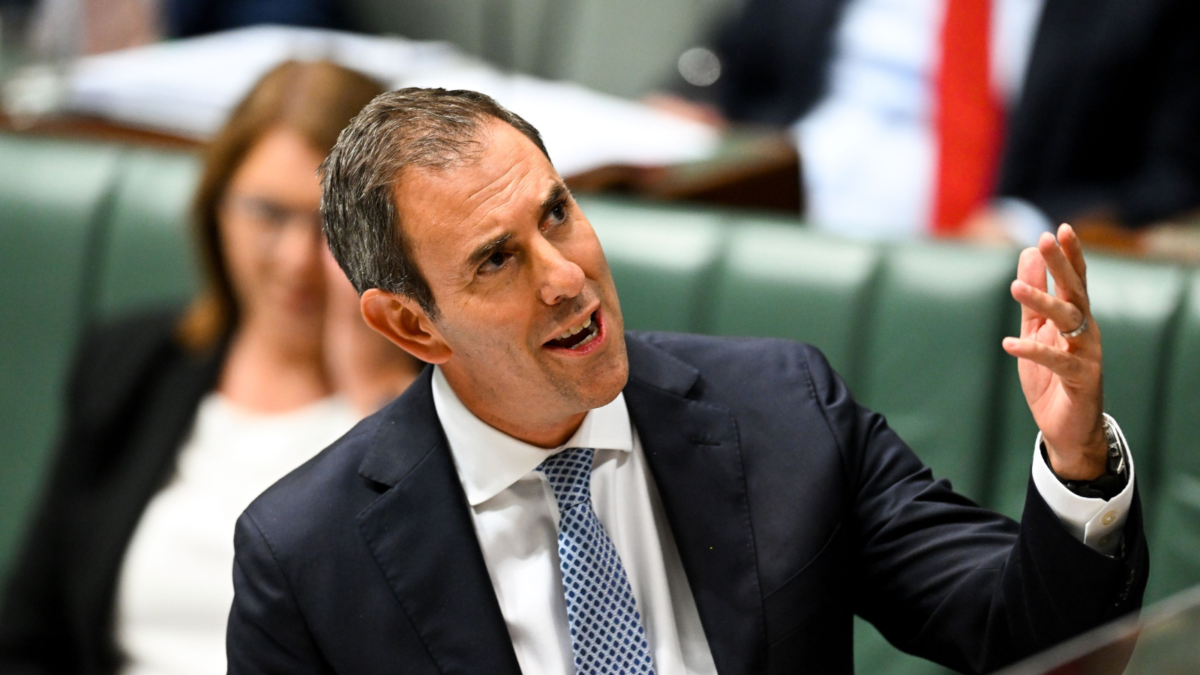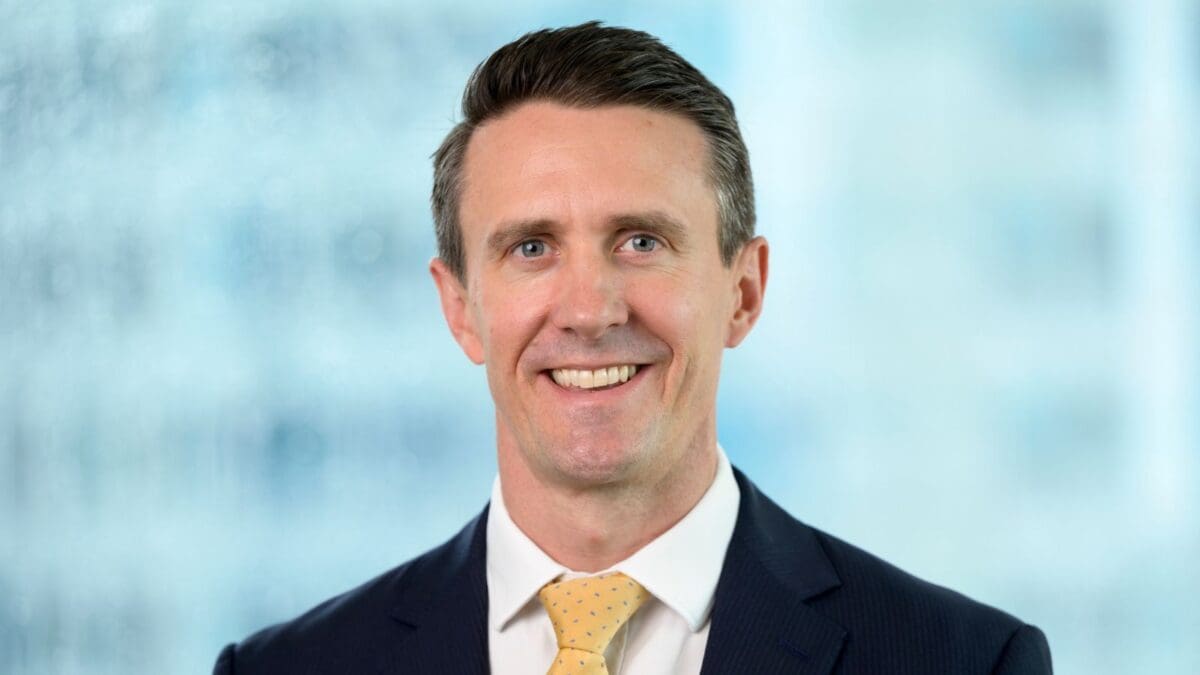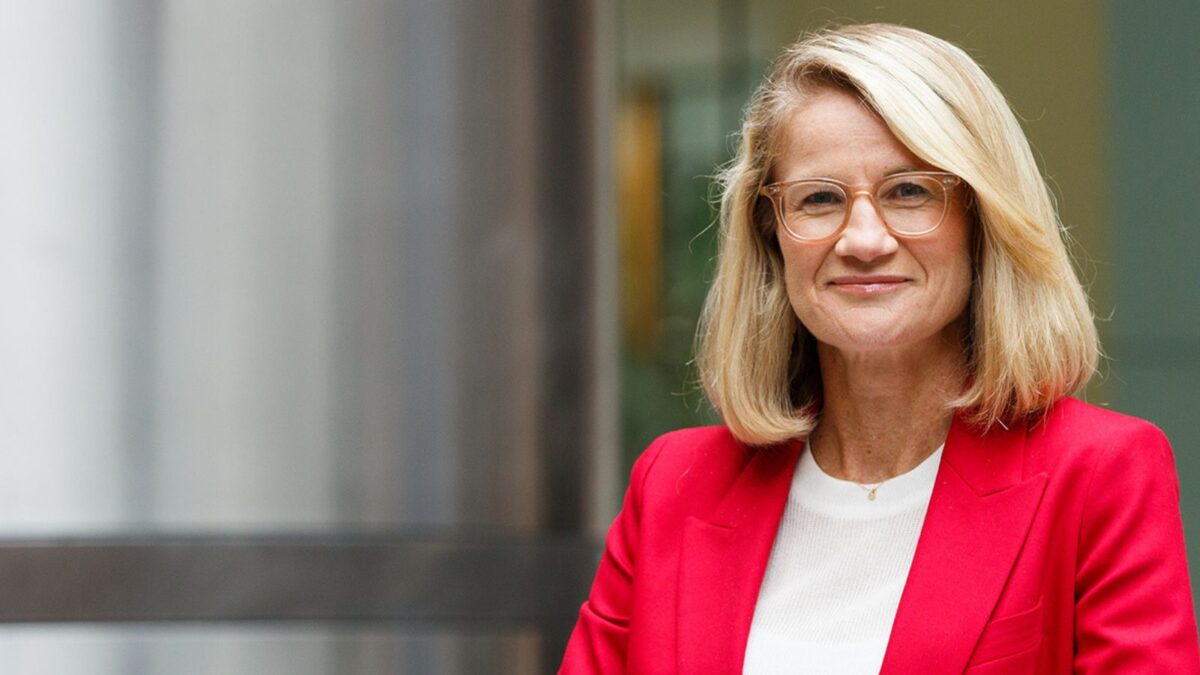Retirement incomes the weak point in super
(Pictured: Martin Stevenson)
In his 42 years in the superannuation industry, Martin Stevenson has seen some changes. Most, he says, have been for the better. But Australia still has a looming retirement incomes problem and the eventual solution is to legislate for some form of compulsory income stream system, he believes.
Stevenson retired from Mercer from July 1, although he remains a non-executive director of Mercer Superannuation (Australia) Ltd, which runs the Mercer investment trust and portfolio services. Martin has a similar role in New Zealand. He will continue to do some consulting work for a major superannuation fund and will remain as chair of a committee of the International Actuarial Association. He is a past president of the Institute of Actuaries of Australia.
The biggest change in the industry since Stevenson joined the former ES Knight & Co as a young actuary in 1971 is coverage – today close to 100 per cent of working Australians have some form of super, whereas 40 years ago the coverage was only about 40 per cent.
On the other hand, most Australians participate in defined contributions schemes today, rather than the defined benefit schemes which used to dominate the industry. And, the fact is, those in the babyboomer bulge which has started moving through the system are unlikely to have sufficient balances to keep up their lifestyles.
“The standout weak point of the Australian system is that we don’t provide income streams in retirement,” Stevenson says. The pressure will grow on the Government to act in this regard, he believes, as the pile of dollars at stake gets higher.
“I think that at least a partial annuitisation makes a lot of sense,” he says. “The person can then take a bit more risk with the non-annuity part (of the account balance). So it would be a better structured outcome.”
By the time ES Knight & Co started merger discussions, in 1985, Stevenson was its managing partner. He spoke with 13 potential merger partners before deciding on Mercer, which was run in Australia by Bruce Cook.
“Mercer is a quality organisation,” he says. “It has very good people throughout. It has integrity as part of its culture. The way we treat errors and omissions is a case in point. We have open disclosure. People are encouraged to report early so as to provide warnings of potential issues. It’s very transparent.”
The other big change Stevenson witnessed is the reduction in the number of funds, putting aside the SMSF market.
“I’m sure that the trend will continue. There’s no doubt the regulator prefers fewer funds as less funds reduces the probability of an outlier fund getting into serious trouble. Large funds have lower expense ratios but on the other hand this may act as a barrier to innovation. The industry as a whole is a lot more efficient than when I started consulting.”
Given that the big funds now look a lot like financial institutions, an area they could improve their governance is by having regular actuarial reviews involving the provision of a ‘financial condition report’ as currently required for all life offices and general insurance companies . Stevenson says not many super funds do that but he predicts that it will become industry best practice.
With the growth in super fund coverage and average balances has come regulation. Stevenson recalls that ES Knight & Co published a book in 1972 called ‘Superannuation Planning in Australia’ which because a de facto text book for industry participants.
“The book had just six pages on the regulations,” he says. “I’m not convinced that the extra regulation has been all for the good.”
Mercer, and the other actuarial consulting firms, were no doubt beneficiaries of the additional work prompted by regulation. In 1985 after the ES Knight merger, Mercer had about 150 employees in Australia. Today it has about 1,400 plus another 200 or so in India. Its revenues have grown from about $15 million to more than $400 million in that time. Martin commented that an outstanding achievement of Mercer management over that period was to change the culture from a predominantly consulting firm to the existing organization where the major revenue source is transactional in nature.
In looking at the past Martin’s favorite memories are people related: including the close working relationships with clients, the pleasure of mentoring new employees and the friendships of work and professional colleagues. In respect of the future he sees the superannuation environment in the future being closer to the current banking industry with considerably less participants and a relatively few big dominant funds. He also looks forward to superannuation being regarded less as wealth accumulation and more as income replacement in retirement.








